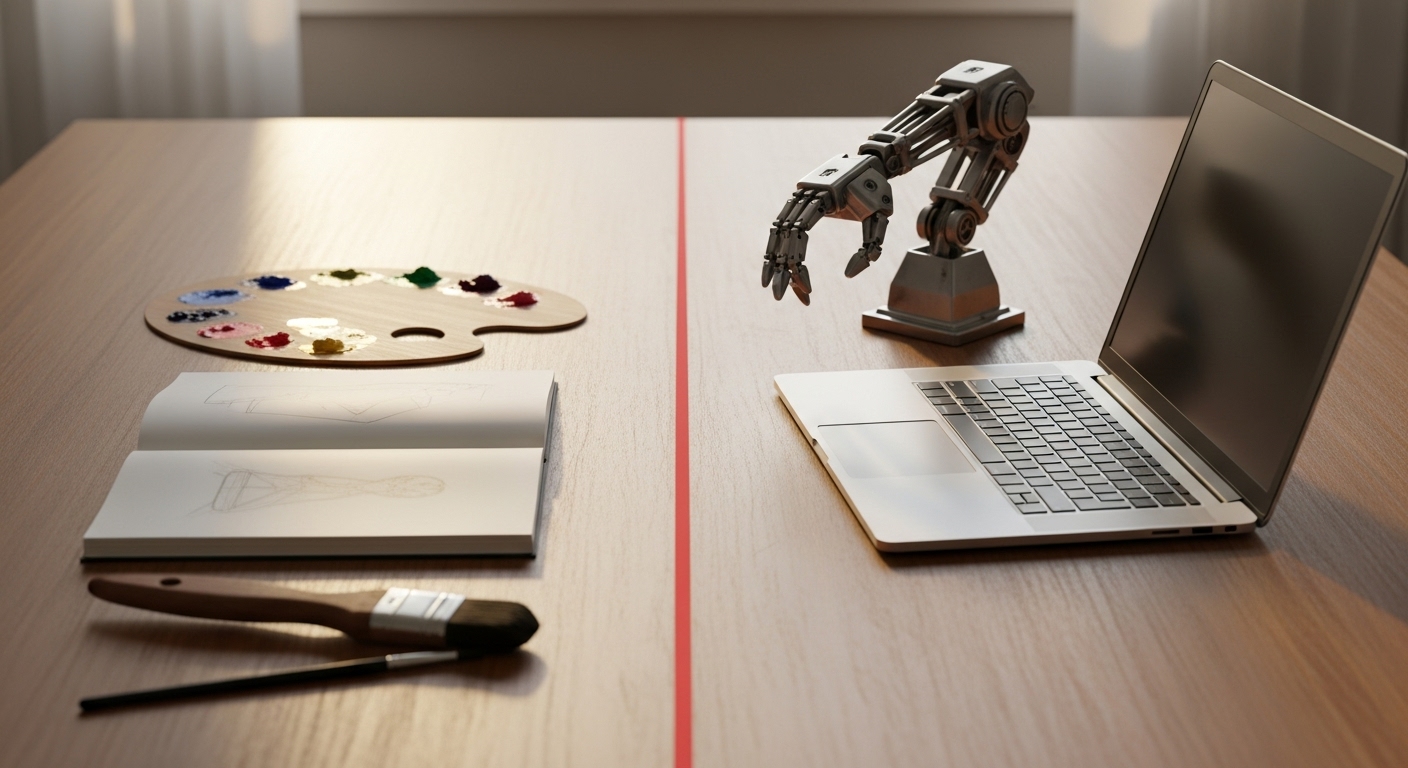
For years, creativity was considered a distinctly human trait. Imagination, intuition, emotions, and cultural heritage—these elements combined to produce artworks, literary texts, or original ideas, all attributed solely to human capability. Today, however, artificial intelligence (AI) systems are not only generating text but also writing poetry, composing music, creating visual designs, and even scripting stories. This raises a pertinent question: Where should algorithmic creativity draw the line?
The Intersection of AI and Creativity
AI has enabled the development of systems that generate content by learning from vast datasets. Language models like GPT, visual generation tools like Midjourney or DALL·E, and music synthesizers have brought automation and speed to content creation processes.
These systems can:
- Serve as inspiration tools (e.g., suggesting titles or writing variants),
- Collaborate with human creativity (e.g., drafting content),
- Or function as fully autonomous content creators.
However, the more “artificial” the content becomes, the more its creative responsibility becomes a subject of debate.
Strengths of Algorithmic Creativity
- Speed: Content that would take hours to create can be produced in minutes.
- Accessibility: Even those without technical expertise can participate in creative production.
- Idea Diversity: AI can spark creativity by offering varied perspectives, suggestions, and formats.
In these ways, AI can act as a partner in the creative process.
But Where Should the Line Be Drawn?
- Creativity or Imitation?
AI systems generate new content by analyzing existing data, essentially creating a synthesis. But does this qualify as true “creation” or merely “compilation”? The question of originality remains contentious. - Copyright and Ownership
When a poem or visual is created, who owns it—the AI, the company behind the algorithm, or the user who provided the prompt? Copyright law still lacks clear answers to these questions. - Ethical Boundaries
AI can spread misinformation, amplify biases, or entirely replace human labor. This necessitates ethical oversight mechanisms in content creation.
Human + AI = Hybrid Creativity
In the creative world of the future, collaboration between humans and AI is inevitable. However, maintaining human control in this partnership is critical. AI cannot comprehend emotions, form value judgments, or grasp societal contexts. Thus, algorithmic creativity should be seen as a starting point, not an endpoint. AI is a tool that simplifies, accelerates, and inspires content creation—not a replacement for the writer or artist.
Creativity Knows No Bounds, But Needs Guidance
AI expands the boundaries of content creation but also brings the responsibility to set limits. How far algorithmic creativity can go depends on those who wield it. When guided by responsibility, oversight, and ethical principles, the human-machine partnership could usher in one of the most powerful creative eras in history.
